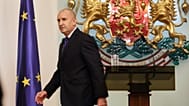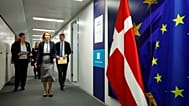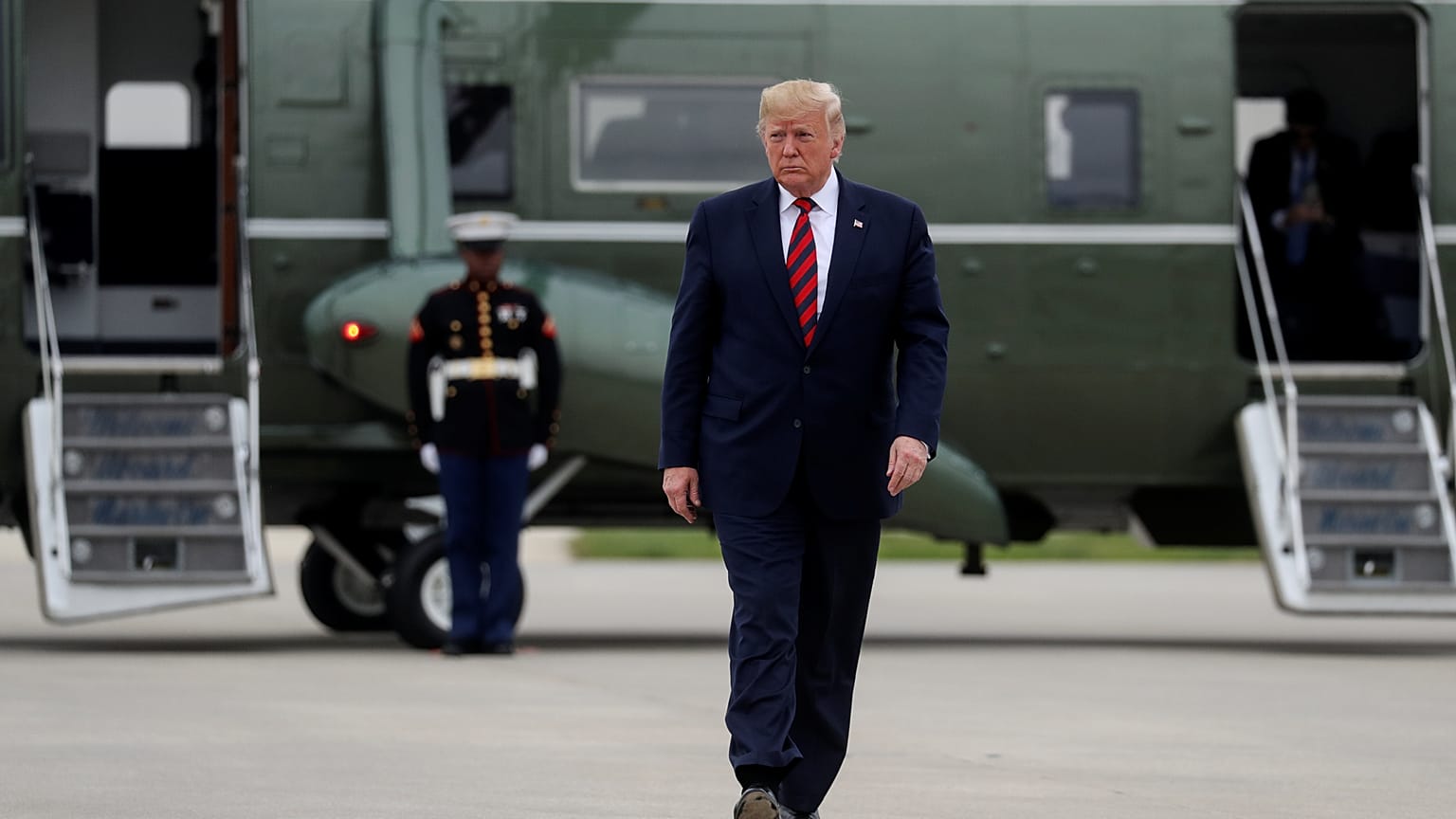How Kurdish-led intelligence helped track Baghdadi
A Syrian Democratic Forces (SDF) official gave details on Twitter on Monday about how the group's intelligence work had helped track al-Baghdadi, whose death was announced by US President Donald Trump on Sunday.
Islamic State leader Abu Bakr al-Baghdadi's underpants were obtained by an undercover source and DNA tested to prove his identity before an operation by US forces to kill him, said Polat Can, a senior SDF advisor.
Trump has said that the Kurds provided some information "helpful" to the operation. The SDF is Kurdish-led.
Can said the SDF had been working since May 15 with the CIA to track al-Baghdadi, and managed to confirm that he had moved from Deir al-Zour in eastern Syria to Idlib, where he was killed.
Baghdadi had been about to change location to the Syrian town of Jarablus when the operation happened, he said.
"All intelligence and access to al-Baghdadi as well as the identification of his place, were the result of our own work. Our intelligence source was involved in sending coordinates, directing the airdrop, participating in and making the operation a success until the last minute," Can said.
Baghdadi 'died like a dog': Trump
Trump confirmed that the reclusive leader of the Islamic State, Abu Bakr al-Baghdadi, was killed overnight in an operation by American forces in Syria.
"Abu Bakr al-Baghdadi is dead," he said. "He died like a dog, he died like a coward, he was whimpering, screaming and crying."
French Interior Minister Christophe Castaner, in a letter to police prefects, has called for increased vigilance to prevent possible ISIS revenge attacks in Europe.
“... The possible intensification of jihadist propaganda following this death, which could possibly call for acts of vengeance, requires the most extreme vigilance, notable during public events in your departments in coming days,” Castaner said.
Trump released details about the two-hour raid on the compound in northern Syria, during which US forces chased the ISIS leader into a tunnel where he detonated a suicide vest.
The president said that al-Baghdadi took three children with him into the tunnel and that all three were killed. Another 11 children were rescued from the compound, he said.
"The United States has been searching for al-Baghdadi for many years. Capturing or killing Baghdadi has been the top national security priority of my administration," he said.
[Read more: Abu Bakr al-Baghdadi: How an obscure Iraqi academic became the leader of the Islamic State](How Abu Bakr al-Baghdadi became the leader of ISIS)
Trump said that no American personnel were hurt during the operation but that a "large number" of al-Baghdadi's fighters and companions were killed with him.
He said that the tunnel collapsed on al-Baghdadi but that tests on his body confirmed that it was the ISIS leader.
In a press conference that lasted almost an hour, Trump commented on the raid that killed al-Qaeda leader Osama Bin Laden in 2011 calling the al-Baghdadi operation bigger.
Many observers on social media pointed out that the photo released by the White House depicting Trump watching the operation appeared to call back to an iconic photo taken during the Bin Laden operation.
A reclusive leader
Al-Baghdadi rose from obscurity to become the leader of Islamic State - then called the Islamic State of Iraq and the Levant (ISIL). He has been reported killed five years since he declared the foundation of a 'Caliphate' in Iraq and Syria from the pulpit of Mosul's Grand Mosque.
In April 2019, the reclusive leader served to quash rumours of his death in a video that showed him sitting on a cushion with an assault rifle, and calling for the continuation of jihad. It came after ISIS had been all but defeated in Syria and Iraq in a US-backed campaign.
Al-Baghdadi was long thought to be hiding somewhere along the Iraq-Syria border. His self-declared "caliphate" will be remembered for atrocities against religious minorities and attacks on five continents in the name of a fanatical interpretation of Islam that horrified mainstream Muslims.
From caliph to fugitive
At the height of its power, the Islamic State ruled over millions of people in territory running from northern Syria through towns and villages along the Tigris and Euphrates valleys to the outskirts of the Iraqi capital Baghdad.
But the fall in 2017 of Mosul and Raqqa, its strongholds in Iraq and Syria respectively, stripped Baghdadi, an Iraqi, of the trappings of a caliph and turned him into a fugitive.
US airstrikes killed most of his top lieutenants, and before Islamic State published a video message of al-Baghdadi in April there had been conflicting reports over whether he was alive.
Despite losing its last significant territory, Islamic State is believed to have sleeper cells around the world, and some fighters operate from the shadows in Syria's desert and Iraq's cities.















